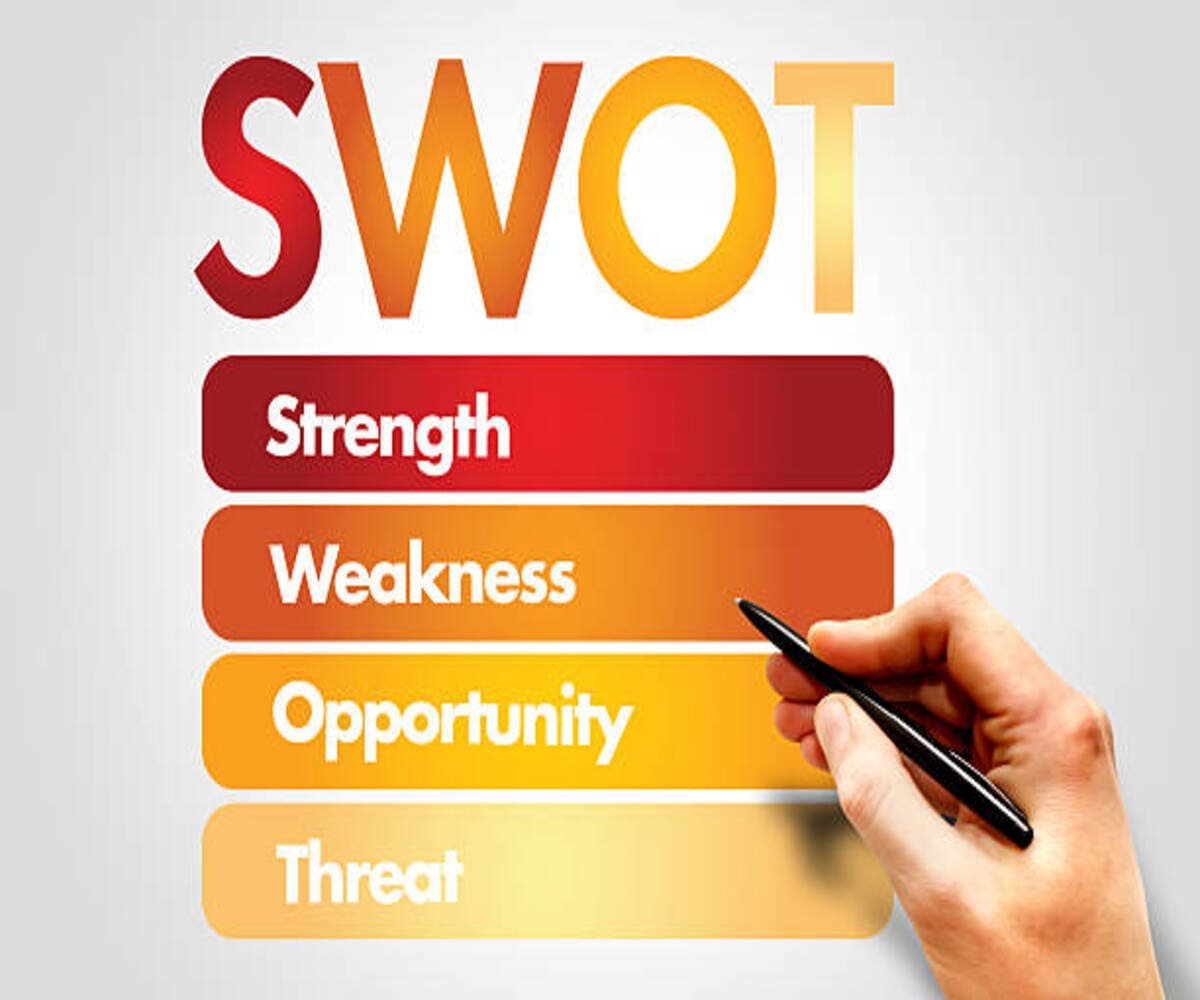Introduction to SWOT Analysis
In the dynamic world of business and management, decision-making plays a crucial role in determining success. One of the most effective strategic planning tools used by organizations and professionals is SWOT Analysis. This method helps in identifying and evaluating key internal and external factors that influence a business, allowing for better decision-making and strategy formulation.
What is SWOT Analysis?
SWOT Analysis is a structured planning tool used to assess Strengths, Weaknesses, Opportunities, and Threats related to a business, project, or any strategic initiative. This analysis helps businesses and professionals to:
- Identify core competencies and areas of improvement
- Leverage external opportunities
- Mitigate potential risks
- Formulate strategic business decisions
Key Components of SWOT Analysis
1. Strengths
Strengths are the internal attributes that give an organization a competitive advantage. These can include:
- Strong brand recognition
- Skilled workforce
- Unique product offerings
- Advanced technology
- Strong financial position
2. Weaknesses
Weaknesses are internal factors that can hinder an organization’s growth and success. Identifying these areas helps in addressing gaps and improving overall efficiency. Examples include:
- Lack of brand awareness
- Poor financial management
- Limited market reach
- Outdated technology
- Inefficient supply chain
3. Opportunities
Opportunities are external factors that organizations can leverage to grow and gain a competitive edge. These include:
- Market expansion
- Technological advancements
- Changing consumer preferences
- Government incentives
- Strategic partnerships
4. Threats
Threats are external challenges that can negatively impact a business. Recognizing these risks allows businesses to develop proactive strategies to mitigate them. Common threats include:
- Intense market competition
- Economic downturns
- Regulatory changes
- Rapid technological shifts
- Negative brand perception
Why Important in Management Courses?
SWOT Analysis is widely used in management education to train future business leaders and decision-makers. It provides valuable insights into business strategy, risk management, and competitive analysis. Here’s why it is crucial for management students:
- Enhances Critical Thinking: Encourages students to analyze and evaluate business scenarios effectively.
- Strategic Planning Skills: Helps in developing long-term business strategies based on internal and external factors.
- Improves Decision-Making: Enables students to make informed business decisions by identifying key areas of focus.
- Practical Application: SWOT Analysis is applicable across various industries, making it a versatile learning tool.
Steps to Conduct a SWOT Analysis
Performing an effective SWOT Analysis involves a systematic approach. Here’s a step-by-step guide:
- Identify Objectives: Define the purpose of the analysis, whether for a business, product launch, or career development.
- Gather Data: Collect relevant information through market research, surveys, and industry reports.
- List Strengths and Weaknesses: Assess internal capabilities and areas for improvement.
- Identify Opportunities and Threats: Analyze external factors that may impact the business.
- Develop Strategies: Use insights to formulate actionable strategies for growth and risk management.
- Review and Update: Continuously reassess SWOT factors to stay relevant in a dynamic business environment.
Real-World Examples of SWOT Analysis
Example 1: Apple Inc.
- Strengths: Strong brand loyalty, innovation, global market presence
- Weaknesses: High product prices, dependence on iPhone sales
- Opportunities: Expansion in emerging markets, AI and VR technologies
- Threats: Intense competition, global supply chain issues
Example 2: A Startup Business
- Strengths: Innovative product, flexible operations, strong team
- Weaknesses: Limited funding, lack of brand recognition
- Opportunities: Growing market demand, potential investor funding
- Threats: Industry regulations, established competitors
Conclusion
SWOT Analysis is a fundamental tool in strategic management and business decision-making. By identifying strengths, weaknesses, opportunities, and threats, businesses and professionals can develop effective strategies to achieve success. For management students, mastering SWOT Analysis is essential to understanding business dynamics and becoming effective leaders in the corporate world.
Embracing SWOT Analysis ensures businesses remain competitive, adaptable, and resilient in an ever-changing market landscape.




